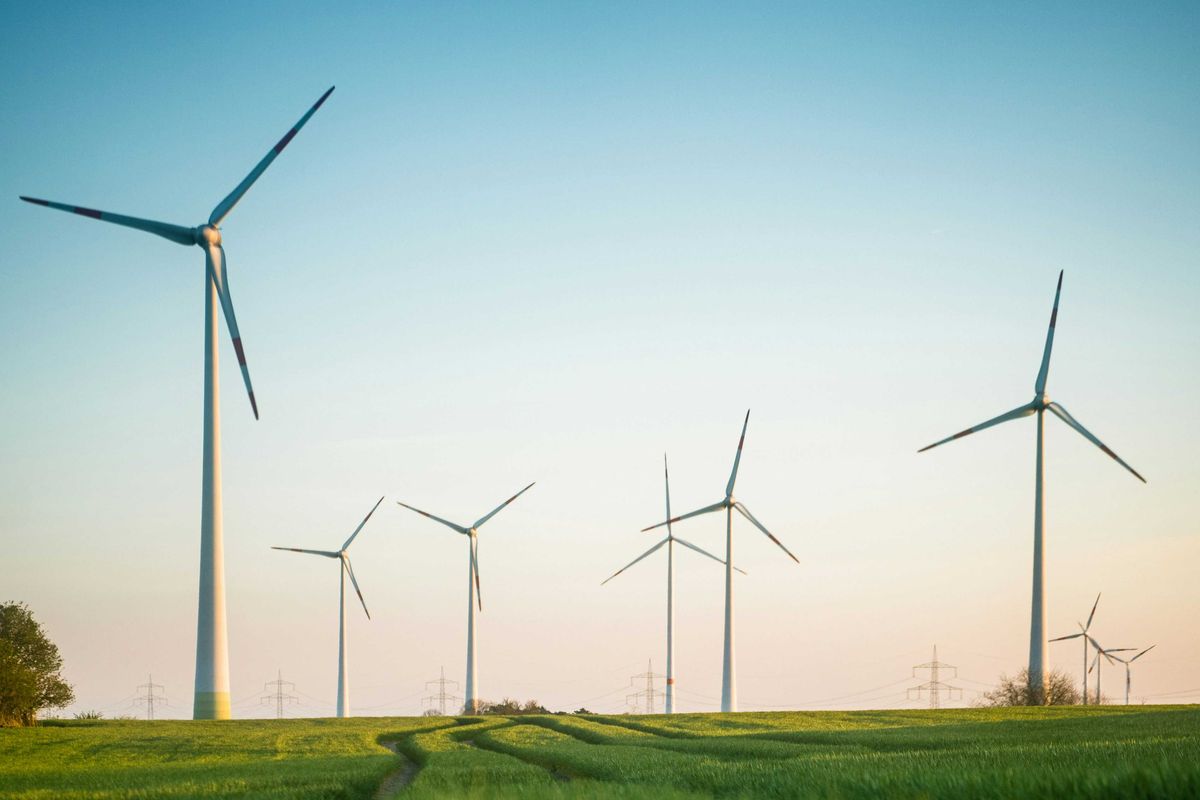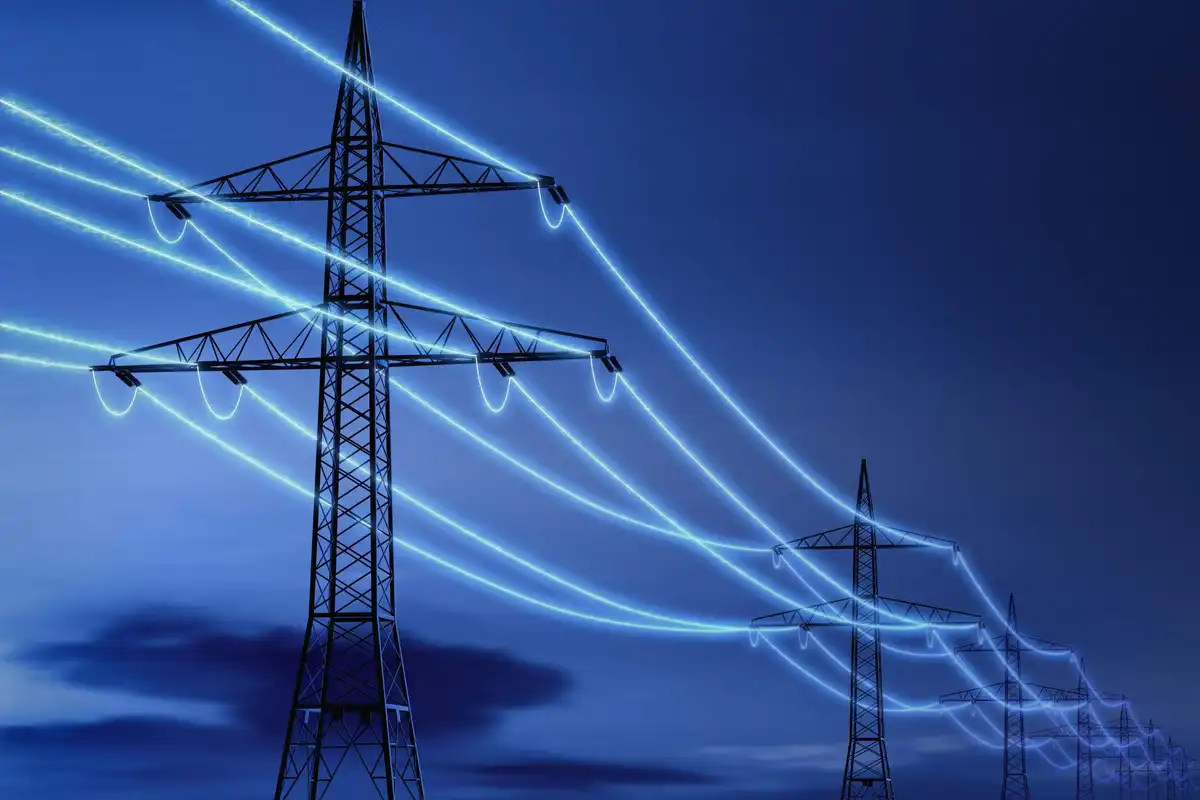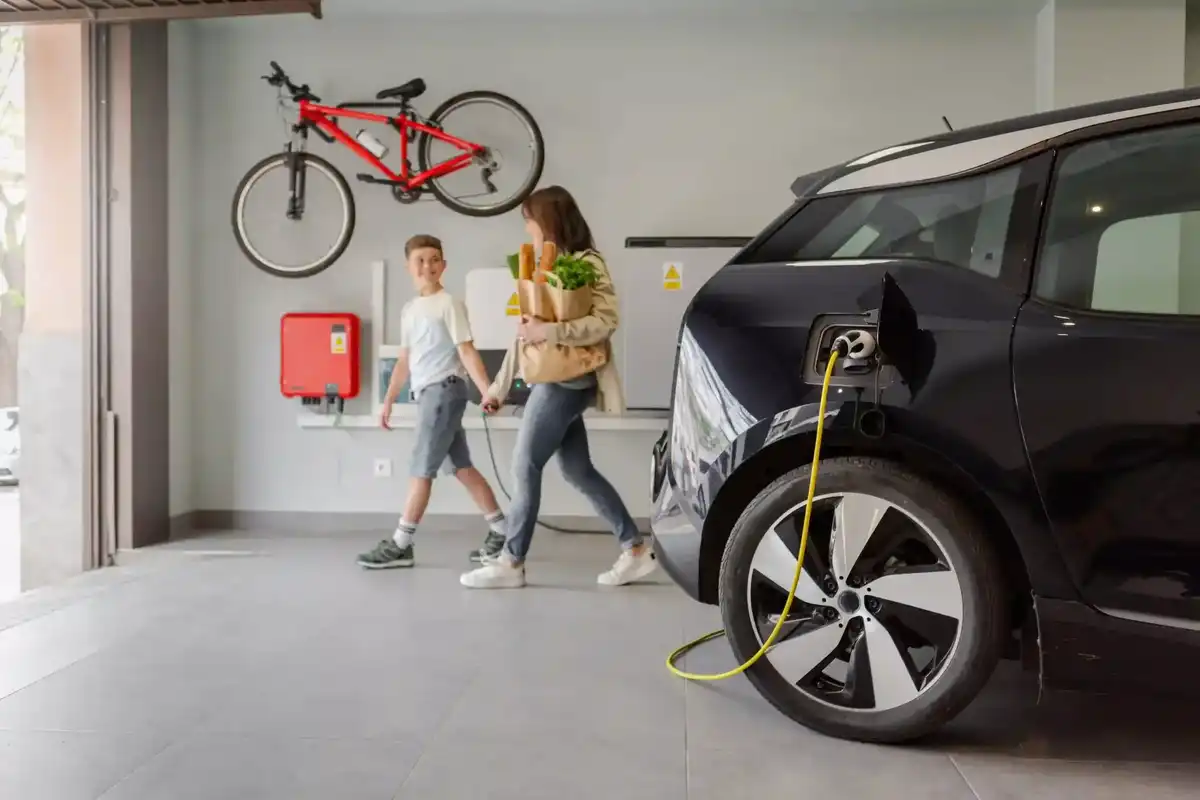UH projects propose innovative reuse of wind turbines and more on Gulf Coast
Forward-thinking
Two University of Houston science projects have been selected as finalists for the Gulf Futures Challenge, which will award a total of $50 million to develop ideas that help benefit the Gulf Coast.
Sponsored by the National Academies of Science, Engineering and Medicine’s Gulf Coast Research Program and Lever for Change, the competition is designed to spark innovation around problems in the Gulf Coast, such as rising sea levels, pollution, energy security, and community resiliency. The two UH projects beat out 162 entries from organizations based in Alabama, Florida, Louisiana, Mississippi, and Texas.
“Being named a finalist for this highly competitive grant underscores the University of Houston’s role as a leading research institution committed to addressing the most pressing challenges facing our region,” said Claudia Neuhauser, vice president for research at UH.
“This opportunity affirms the strength of our faculty and researchers and highlights UH’s capacity to deliver innovative solutions that will ensure the long-term stability and resilience of the Gulf Coast.”
One project, spearheaded by the UH Repurposing Offshore Infrastructure for Continued Energy (ROICE) program, is studying ways to use decommissioned oil rig platforms in the Gulf of Mexico as both clean energy hydrogen power generators as well a marine habitats. There are currently thousands of such platforms in the Gulf.
The other project involves the innovative recycling of wind turbines into seawall and coastal habitats. Broken and abandoned wind turbine blades have traditionally been thought to be non-recyclable and end up taking up incredible space in landfills. Headed by a partnership between UH, Tulane University, the University of Texas Health Science Center at Houston, the city of Galveston and other organizations, this initiative could vastly reduce the waste associated with wind farm technology.
 Wind turbines would be repurposed into seawalls and more. Courtesy rendering
Wind turbines would be repurposed into seawalls and more. Courtesy rendering
"Coastal communities face escalating threats from climate change — land erosion, structural corrosion, property damage and negative health impacts,” said Gangbing Song, Moores Professor of Mechanical and Aerospace Engineering at UH and the lead investigator for both projects.
“Leveraging the durability and anti-corrosive properties of these of decommissioned wind turbine blades, we will build coastal structures, improve green spaces and advance the resilience and health of Gulf Coast communities through integrated research, education and outreach.”
The two projects have received a development grant of $300,000 as a prize for making it to the finals. When the winner are announced in early 2026, two of the projects will net $20 million each to bring their vision to life, with the rest earning a consolation prize of $875,000, in additional project support.
In the event that UH doesn't grab the grand prize, the school's scientific innovation will earn a guaranteed $1.75 million for the betterment of the Gulf Coast.
---
This article originally appeared on CultureMap.com.








 Air Liquide and Hyundai agreed to expand hydrogen refuelling networks, storage capacity and more at a meeting in Seoul last week. Photo courtesy Air Liquide.
Air Liquide and Hyundai agreed to expand hydrogen refuelling networks, storage capacity and more at a meeting in Seoul last week. Photo courtesy Air Liquide.
